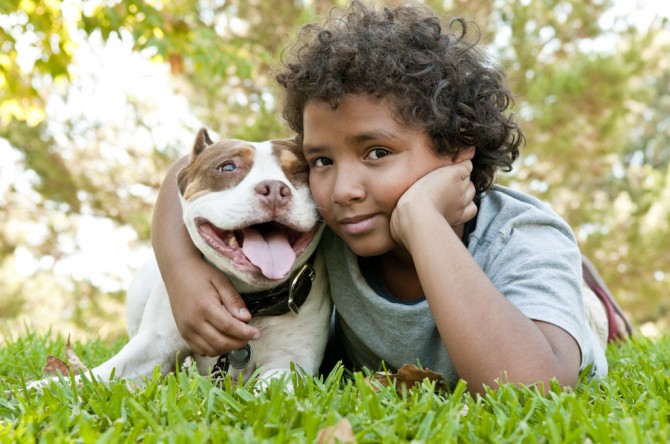UHA receives many inquiries from anxious dog owners who have realized they won’t be able to take care of their pet for much longer but who don’t know how to go about finding a new home for it.
The number of calls and emails hits a peak in summer, when shelters are already rammed. Terrified dogs escape from their yards during the Fourth of July fireworks, people drop off their dogs when they go on vacation – either not knowing or not caring that their safety isn’t guaranteed – others move and make no provisions for their animals… the list is endless.
If you find yourself in the difficult position of having to look for a new home for your dog, the important thing is to be proactive. We’ve put together a plan of action you can follow.
1. Above all, be aware that leaving your dog at a shelter should be a last resort, not a first port of call. Not everyone knows this, partly because the word ‘shelter’ implies a refuge, a place of safety, where an animal will be secure for as long as necessary, until a new owner comes forward.
Some people even think shelters can house a limitless number of animals and that they actually make money from taking them in and adopting them out. This couldn’t be further from the truth: most shelters are severely underfunded, adoption rates vary wildly from shelter to shelter and even most of the so-called no-kill shelters are full and have to turn away animals.
2. Start early. You can give your dog a much better chance if you begin looking for a new home as soon as possible. You might not want to give up your pet, but allowing yourself enough time to take the necessary action can make a huge difference in keeping your dog out of the shelter.
3. Ask a rescue group for a “courtesy listing” on their website and/or Facebook page. Even if a rescue is full and can’t take your dog it may well agree do this, by posting an ad on Petfinder or Adopt-A-Pet that includes a description and photos and/or video, as well as your contact details. In return, consider making a donation to the rescue group as a thank you.
4. Make some good-quality marketing materials. Do not underestimate the importance of this. Whether you’re creating a flier, soliciting the help of a rescue group, or posting an ad on Craigslist, the quality of the description – and, in particular, the photos – makes a huge difference. Videos, which can be taken with most mobile phones, are also really helpful and can be published for free on YouTube, Facebook and the like.
For the description, people will want to know:
• Profile: what’s the dog’s breed, sex, age, weight, general personality and temperament?
• Is it good/not good with: dogs, cats, kids?
• Is it housetrained? Leash trained?
• Medical information: Does it have any health issues? Is it up-to-date on vaccinations? Altered? Microchipped?
Include information on the dog’s personality – does the dog have any endearing habits? What kind of home would he/she do well in? You know your dog best, so the more intimate the description, the better. While people will want to know why you are rehoming your pet, the majority of the description should focus on the dog. Keep it positive.
In addition, when compiling a description, it helps to visualize the perfect adopter for your pet, and to write the description to appeal to that person.
For photos, people will want to see:
• Multiple images – a good face shot and shots that show the body/size of the dog.
• A happy, relaxed expression and body language.
• An outside setting, with natural light, preferably on green grass.
• For small dogs – show them in someone’s arms to help give an idea of their size.
• Photos that show all of the elements the dog works well with – especially children and other dogs.
• Avoid: dark photos, the dog tied up (get someone to hold the leash – it looks friendlier anyway), the dog looking down (it distorts its face/expression).
For videos, people will want to see:
• How the dog interacts with people, other dogs, etc.
• How the dog walks on a leash.
Take as many of these steps as you can and your dog will stand a much better chance of finding a great new home.



